
In 1988, AVR Abfallverwertungs- und Rohstoffwiedergewinnungs Ges.m.b.H. acquired the trade licence for the construction of a hazardous waste treatment facility. The shares in the company were taken over by Reinhard Olbrich and Egbert Adensamer Ges.m.b.H.
In 1989, the company started its activities as a hazardous waste collector and treatment company, and the construction of the hazardous waste treatment facility on the current site at Dr.-Otto-Neurath-Gasse 7 in 1220 Vienna was commenced. DI Reinhard Olbrich began developing a process for recovering zinc and iron from waste acids containing heavy metals.
In 1990, the newly extended offices, cloakrooms, sanitary facilities, the works canteen and the laboratory were put into operation. In the same year, trial operation of the chemical-physical treatment facility began.
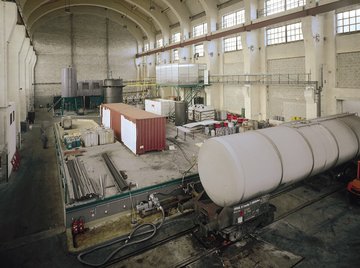
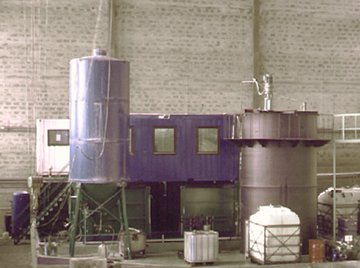
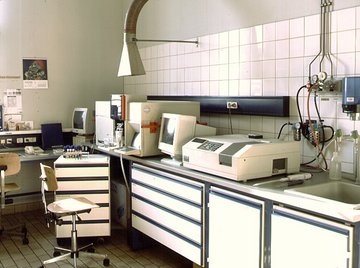
Until 1991, the capacity utilisation of the chemical-physical treatment facility rose continuously to full capacity. The process development for metal recovery was completed and a metal recovery facility was built according to the company's own engineering and then trial operation was started. In 1992 the metal recovery facility was put into full operation.
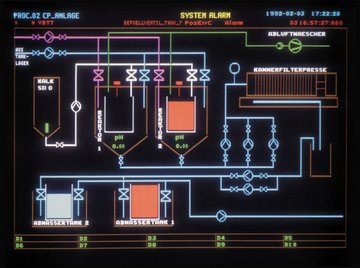
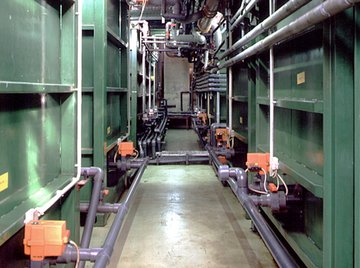
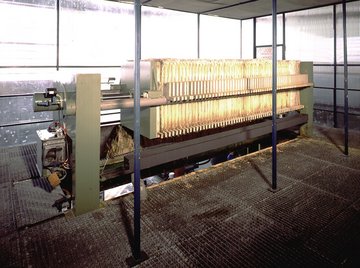
In 1995, Reinhard Olbrich and Martina Olbrich took over the shares in AVR Abfallverwertungs- und Rohstoffwiedergewinnungs- Ges.m.b.H. from Egbert Adensamer Ges.m.b.H. The company has been a family business ever since.
In 1999 and 2000, additional hall space became available for the urgently needed expansion of the waste treatment facility, as a tenant moved out at the end of 1999. At the same time as this extension was being planned, planning began also for a tanker and tank wagon cleaning facility to diversify the site. Both were approved by the authorities in 2000.
The expansion of the plant was implemented in 2003 and 2004. New takeover areas to increase takeover capacities were expanded. A separate office building with sanitary facilities and a large canteen for employees and truck drivers from delivering companies was put into operation. The tank truck and tank wagon cleaning facility was built together with a rented partner.

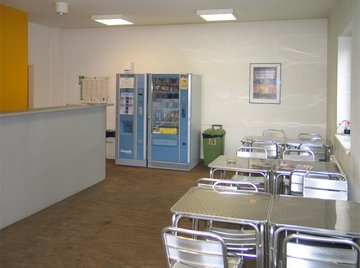
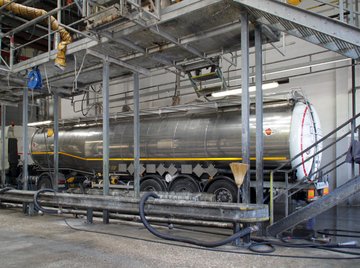
2007 Alexandra Olbrich-Balazic, daughter of Reinhard and Martina Olbrich, joins AVR Abfallverwertungs- und Rohstoffwiedergewinnungs- Ges.m.b.H. and takes over the accounting and payroll departments.
In 2009, Tobias Olbrich, son of Reinhard and Martina Olbrich, joins AVR Abfallverwertungs- und Rohstoffwiedergewinnungs- Ges.m.b.H. after completing his studies in process and environmental engineering at the MCI Innsbruck and focuses on modernising the family business and developing treatment processes. Based on his diploma thesis "Chromium Recovery from Wastewater Containing Chromium VI", the basic research was further developed into a promising process.
Between 2009 and 2010, a new container storage area was built for the additional storage of 700t and the tank farm was expanded by 225m³. Furthermore, the laboratory was expanded to 399m³ and equipped with state-of-the-art analytical devices. In addition, two state-of-the-art chamber and membrane filter presses were installed, almost doubling the possible throughput of the CP-facility. To simplify sludge separation, an automatically running decanter was brought into use.
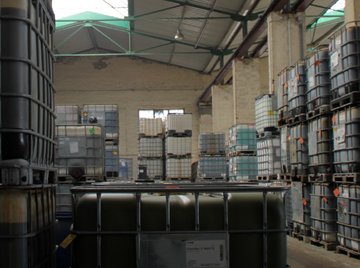
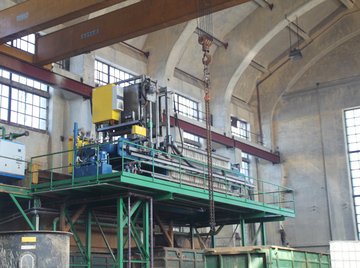
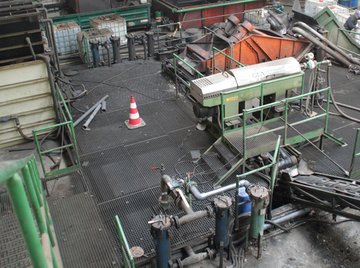
In 2010, AVR Tankwagenreinigung GmbH was founded as a 100% subsidiary of AVR Abfallverwertungs- und Rohstoffwiedergewinnungs Ges.m.b.H. and Alexandra and DI(FH) Tobias Olbrich were entrusted with the management. AVR Tankwagenreinigung GmbH subsequently took over the tanker and rail tank cleaning facility from Logwin Solutions Austria GmbH on April 1st, 2010.
In 2014, parts of the treatment facility were classified as a Threshold 2 operation due to the threshold limits of the SEVESO Directive II (Trade, Commerce and Industry Regulation Act Section 8a §84 Annex 5). This classification was made because since the completion of the expansion of the facility in 2011, the storage capacities for individual key numbers can exceed the threshold limits.
AVR GmbH's QSE-management was certified on May 27th, 2014 in accordance with the following standards:
- ISO 9001 Quality Management System
- ISO 14001 Environmental Management System
- BS OHSAS 18001 Safety and health management system
- Environmental management system in accordance with the requirements of Regulation (EC) No. 1221/2009 (EMAS III)
In 2015, AVR Tankwagenreinigung GmbH was merged with its 100% parent company AVR Abfallverwertungs- und Rohstoffwiedergewinnungs- Ges.m.b.H. The company was subsequently renamed AVR GmbH on May 1st, 2015.
DI(FH) Tobias Olbrich was appointed managing director for waste management. Alexandra Olbrich-Balazic and DI(FH) Tobias Olbrich were granted power of attorney.
In 2016, a further conversion and expansion of the facility took place. The entire plant was modernised, especially the chemical-physical treatment facility was renewed and all its pipelines were redesigned. Furthermore, a photovoltaic system was put into operation on the hall roof. This enabled the company to cover 15% of its own electricity consumption and to switch to pure green electricity in 2018.
In 2018, a separate pressure line was laid to the main sewer in Erzherzog-Karl-Straße at the expense of AVR GmbH. This completely eliminated the problem of odour escaping from the sewer.
DI(FH) Tobias Olbrich was appointed managing director in 2019.
Katharina Olbrich-Friedl, daughter of DI Reinhard Olbrich and Martina Olbrich, joins the family business and supports her sister in the areas of finance and human resources management.
In 2020, due to the CoVid 19 pandemic, tanker cleaning was closed at the beginning of March for safety reasons. The general renovation of the cleaning facility planned for the summer was brought forward to the second quarter and reopened in July 2020. The positive outcome of the modernisation was an increase in cleaning performance, reliability and energy efficiency.
Today, more than 30,000 tonnes of liquid industrial waste are sustainably processed for recycling or conscientiously disposed of in the AVR GmbH facilities every year according to the best possible ecological and economic aspects.